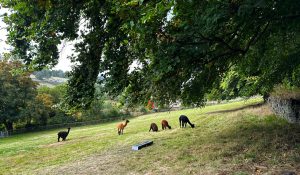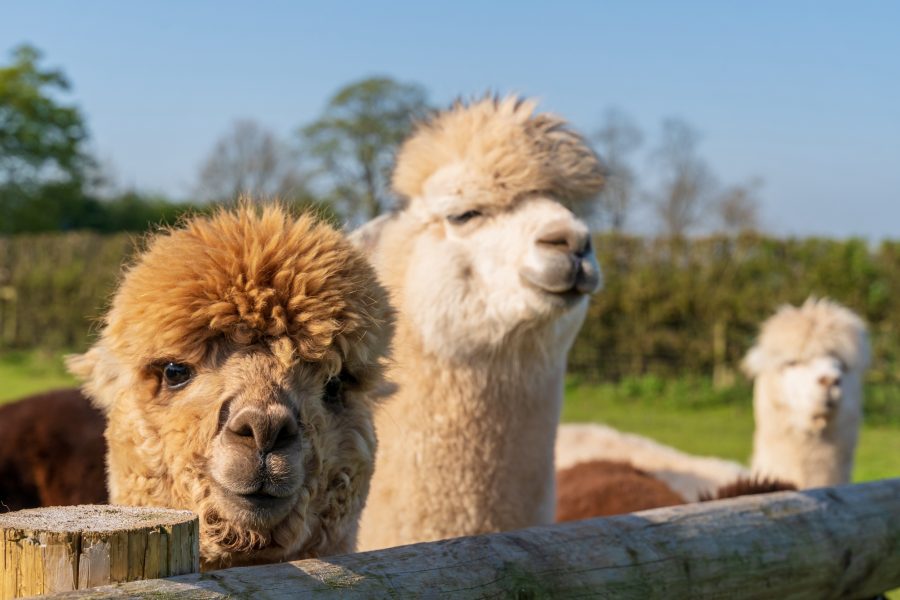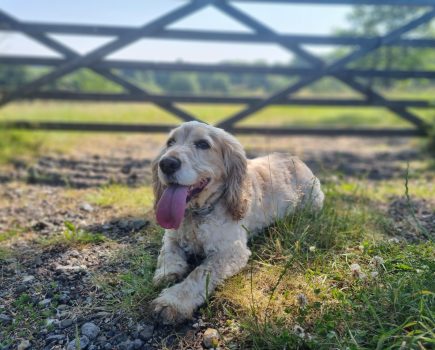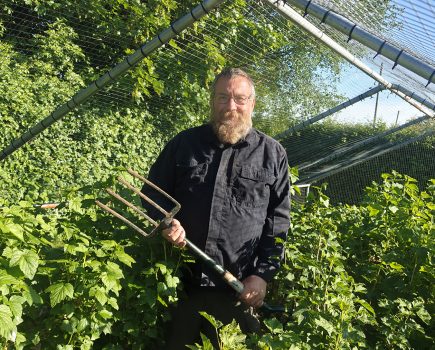Reading-based alpaca breeder, Bozedown Alpacas, offers its top tips for optimum nutrition…
Alpacas are fairly straightforward stock to keep. Just make sure they have adequate food, supplements, clean water and shelter from extremes of weather. In March/ April, the Winter/ Spring crossover, we may still be coping with the frosts and snows of winter, and then suddenly the grass starts into growth int he first warm days of spring. The alpacas will need their water troughs kept clear of ice, and will still need to be offered plenty of good quality hay or haylage. At Bozedown Alpacas our feeding decisions are mainly based on condition scoring (BCS), which we introduce on our Beginners Day course. All our alpacas are given a vitamin and mineral supplement of Camelibra daily throughout the year. Make sure that there is enough length of trough space so that each alpaca gets its fair share – at least 60cm per alpaca. You can count the length on both sides if both are accessible.
We regularly condition score all our alpacas, and keep written records. As an alpaca’s fleece grows, it is difficult to see if the animal is losing weight, and so regular monitoring by hands-on body condition scoring is very important. Our feeding regimes all depend on the BCS results. At any time of year, any thin alpacas are grouped together and we make sure they get more nutritious forage such as good quality hay or haylage (which has higher protein than hay), plus supplementary hard feed; whereas in spring and summer those in good condition should do very well just on pasture. The thinner alpacas are likely to be some of the pregnant and lactating females who will also benefit from being offered warm water to drink, especially in winter, as this aids digestion.
Adult males (studs and geldings) are likely to be the ones in generally better condition; for these males we may even need to restrict their daily winter hay rations to prevent them getting too fat!

Alpacas grazing
During the winter our alpacas are spread out across the farm, then in spring we move the alpacas off our big hay fields, resulting in higher numbers of alpacas than usual grazing our smaller paddocks. The grass is growing well in these areas also, and can soon grow too long for them to eat! They are simply not able to eat long grass; it should be no longer than 8 inches for them to be able to graze as they have lower incisions and an upper hard palate, similar to sheep. They are in full coats at this time, so check they are not losing condition by condition scoring or weighing. We can’t emphasise this enough!
Our solution to the fast grass growth is to ‘top’ one or more strips in each paddock, depending on the numbers in the paddock. The alpacas will then eat the cut grass and will also eat the fresh new shoots in these areas. Then successive strips can be topped to provide a continuous supply. It may still be a good idea to offer some dry matter (hay), and the alpacas can eat that to offset the richness of the new grass, and avoid diarrhoea.
After hay making, our alpacas will be spread out across the farm again and the grass will be growing more slowly. However, in times of hot weather or summer drought, it may be necessary to provide hay or haylage, as there may simply not be enough grass for them especially for lactating females. Our fields turned brown within a few days in the heat of last summer. This can also be a crucial time for the crias, as they may be trying to nibble at very sparse grass, but picking up parasites instead. Base your feeding decisions on BCS, and make sure that the grass does not get completely eaten away. In last year’s drought our lactating females were eating ad-lib Graze-on (chopped dried grass) as well as haylage: they just choose what they need of each. They prefer Graze-on to concentrates, it is high in protein and easier to digest.
Picture: Stock image
This article was taken from The Country Smallholder. For more articles like this, subscribe here.








